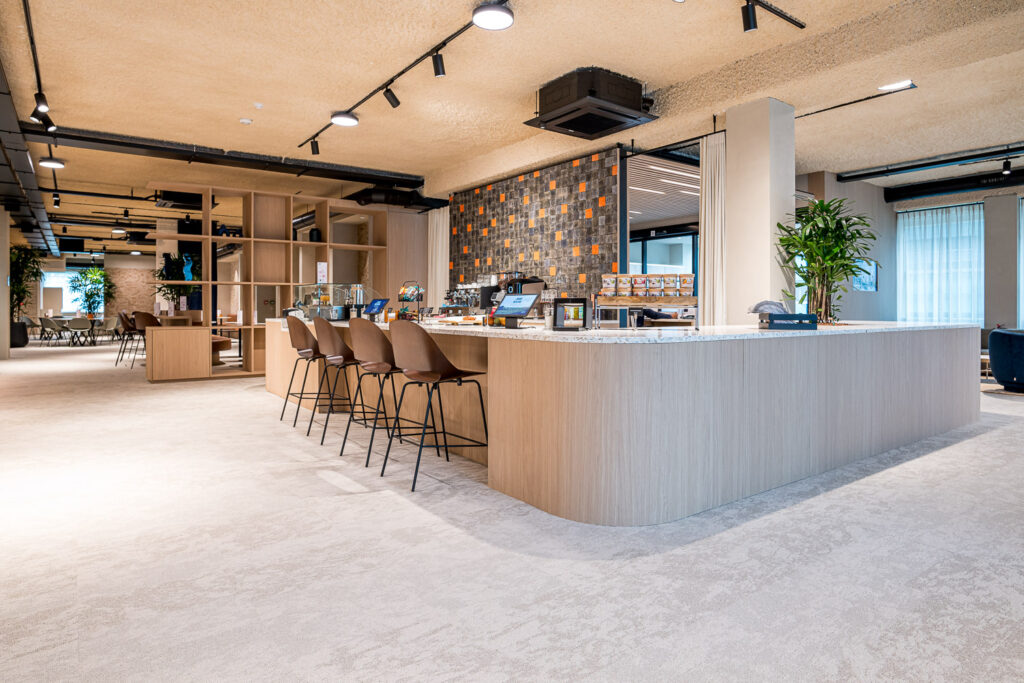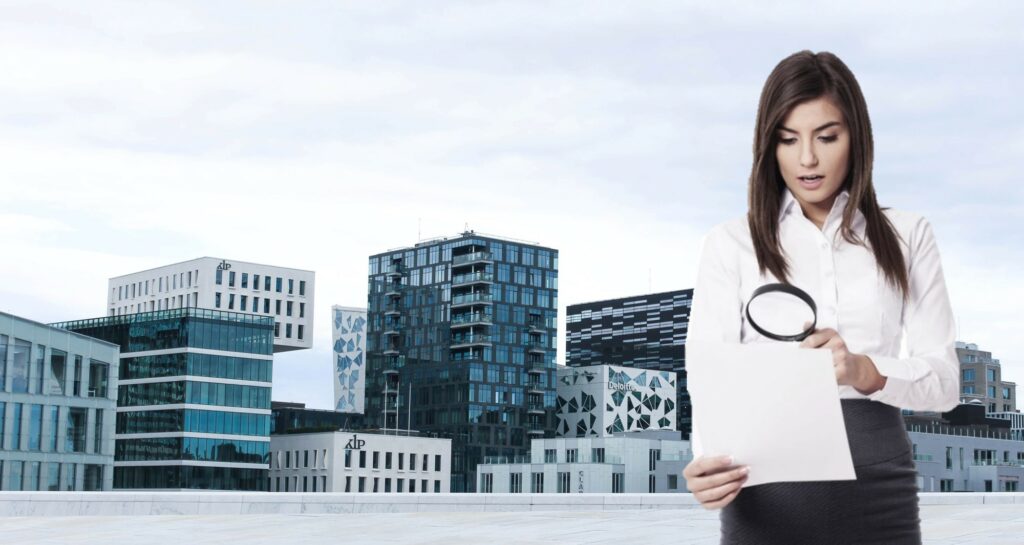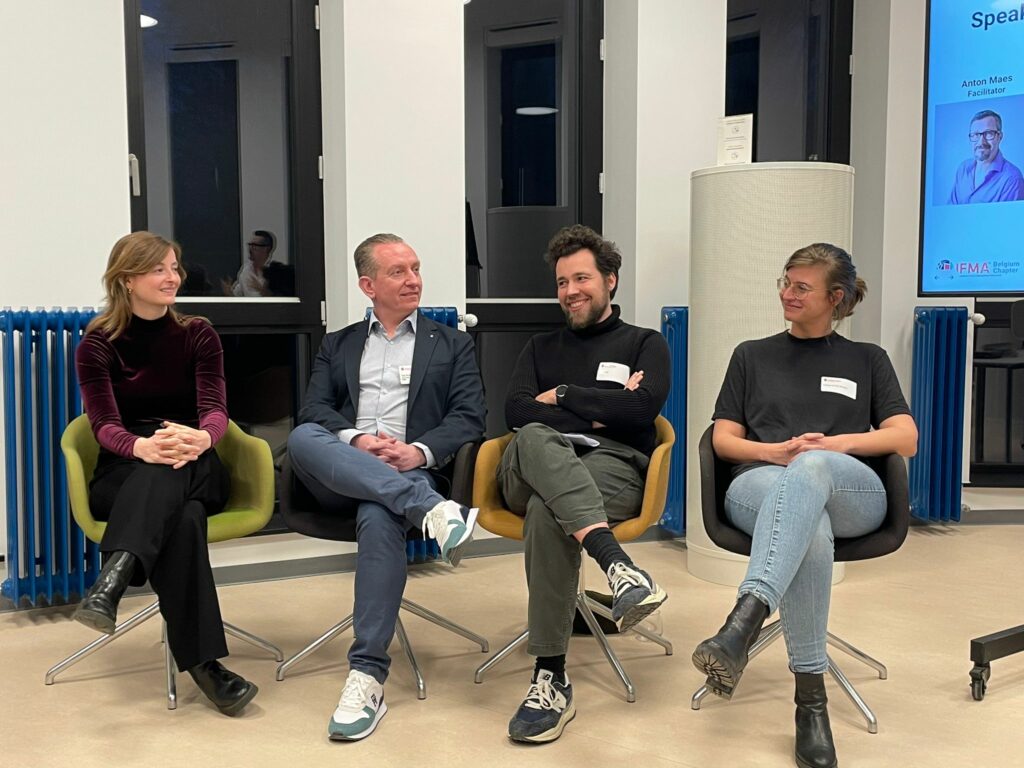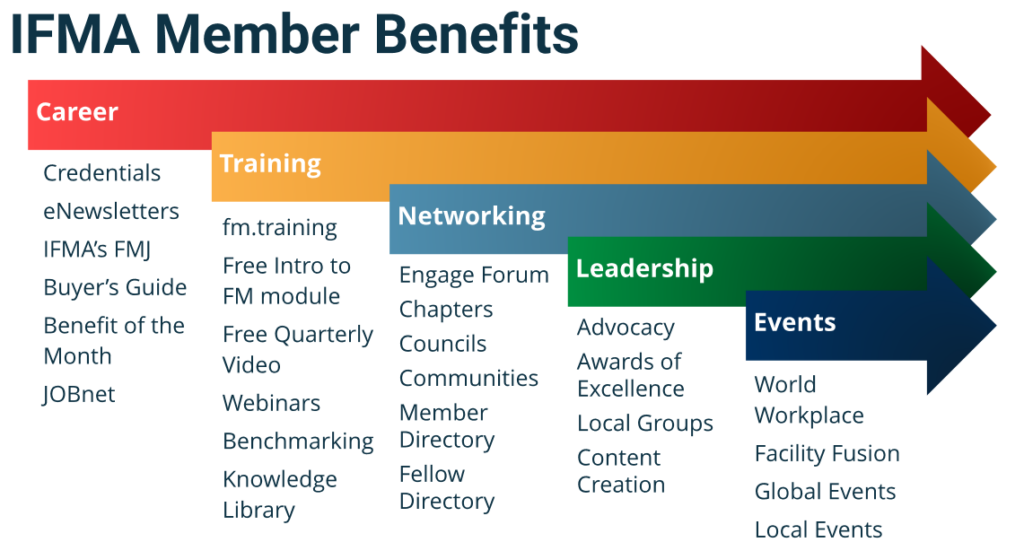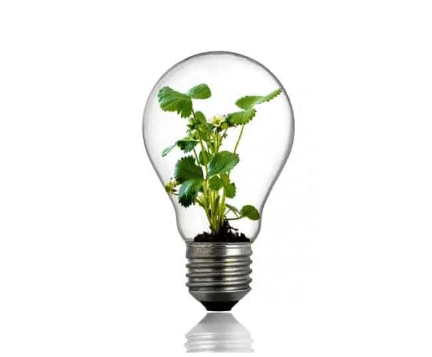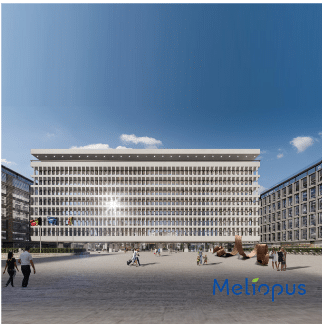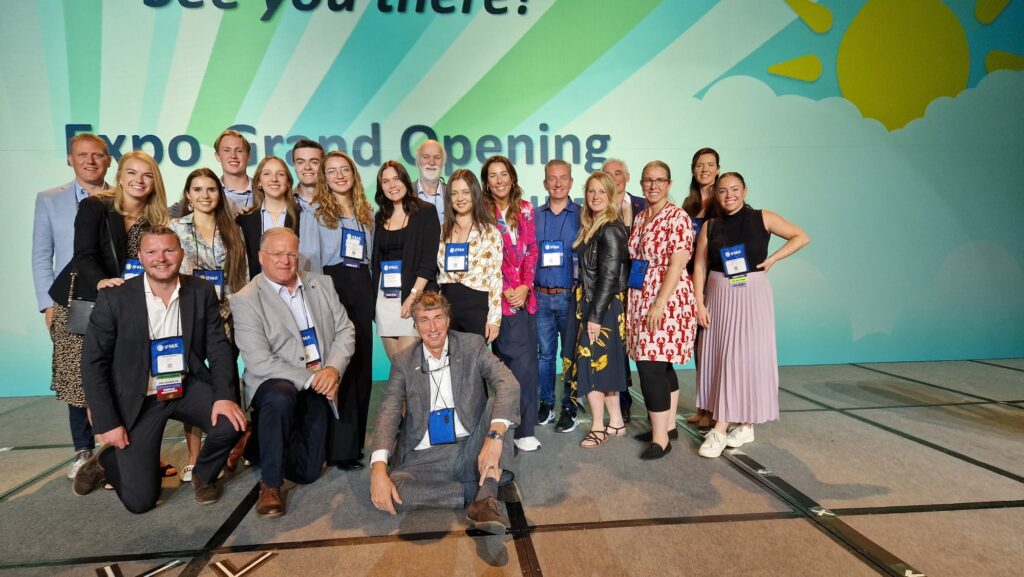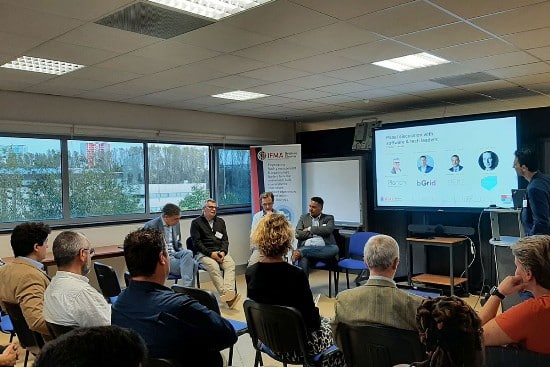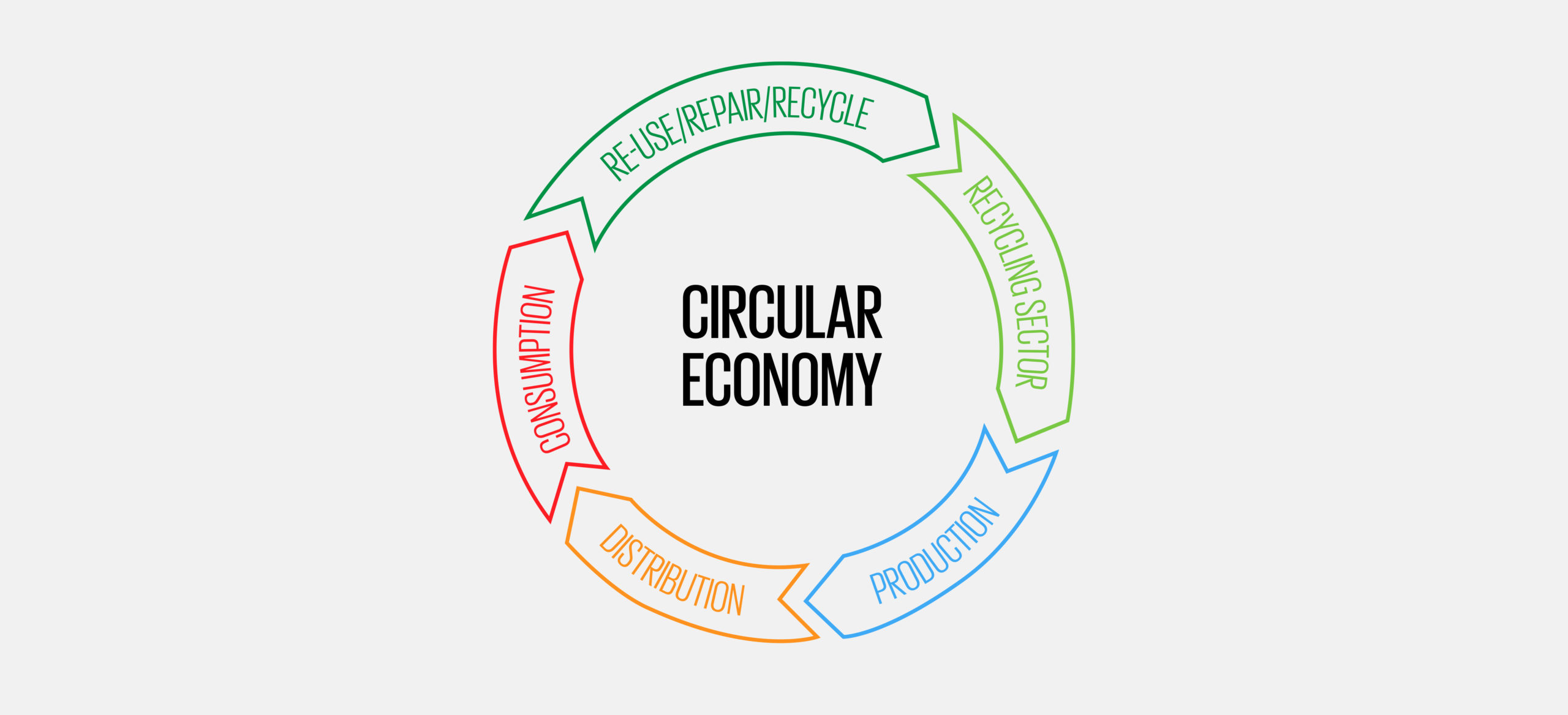Profit
The increase in home working has led to underutilization and vacancy of office buildings, which is not
sustainable in terms of space and finances. Activity-based working, where users do not have a fixed
workplace but choose a suitable workplace depending on the activity, offers a sustainable solution. By
sharing workstations and providing diverse workspaces, we optimize office space, avoid waste and
save money. This approach emphasizes the organization’s responsibility to use resources sustainably,
allowing to invest in the well-being of employees (“People”).
Planet
A sustainable work environment focuses on the “Planet” aspect by reducing the carbon footprint. This
by avoiding unnecessary heating, cooling and maintenance of empty offices, digital document
processing, etc.. We must also ensure closed material cycles. A “circular economy”; where the
complexity and functionality of a product is retained for as long as possible and used again and again.
The lightning-fast technological advances such as data-driven processes and artificial intelligence play
to our advantage and can play a strong catalytic role in the work environment. Think, for example, of
sensors for occupancy management and smart reservation systems, virtual interaction environments,
such as the Metaverse, to avoid unnecessary travel, etc…
People
Creating an optimal context in which people can develop their full potential in order to achieve optimal
productivity is all too often forgotten. The “People” aspect in sustainable development encompasses
two crucial elements. Physically, the work environment must be comfortable and safe, with attention to
ergonomics. Problems such as lack of daylight, poor ventilation, temperature complaints, noise in
offices, and inadequate facilities undermine comfort and sustainability.
Psychological safety is equally important, as toxic work situations with burnouts, me-too incidents and
harassment indicate inadequate protection of employees’ psychological safety. A sustainable work
environment achieves an optimal balance between well-being and productivity. It is the responsibility
of employers to create an environment where employees feel good. While the exact approach is not
yet clear, it is essential for employers to maximize their commitment to employee psychological well-
being for positive outcomes.
The ESG model
The ESG (Ecological, Social and Governance) model complements the traditional “people, planet,
profit”; thinking framework. It provides companies with measurable indicators at the corporate level for
sustainability assessments. The ‘E’ includes energy consumption versus waste production from
workplaces, resources used and impact on living things. The ‘S’ covers organizational relationships
and relationships with people, institutions and communities. The ‘G’ focuses on internal controls for
self-governance, decision-making and legal compliance. Organizations must ask themselves: What
are our ESG commitments? What reporting framework do we use for sustainability? And what
“scorecard” do we use to measure performance?
SDG: Sustainable Development Goals
The United Nations’s 17 “Sustainable Development Goals” (SDGs), adopted in 2015, provide a
framework for sustainable development. Through 2030, they should serve as a guide to reduce
poverty and make the planet more sustainable. Divided into five themes, these goals provide an ideal
framework for integrating sustainability into workplace strategies. For example, SDG3 emphasizes the
importance of well-being, SDG8 promotes economic productivity, SDG9 emphasizes the need for
quality infrastructure, and SDG11 advocates inclusive urban development.
Sustainability is increasingly integrated into organizations, and an innovative work environment can
contribute to sustainable development of society. However, this cannot exist without appropriate
behavior. Leadership plays a crucial role in this, with executives having to set an example and employees having the opportunity to develop and feel valued.
This is the secret ingredient for true
sustainable development: sustainable leadership!

